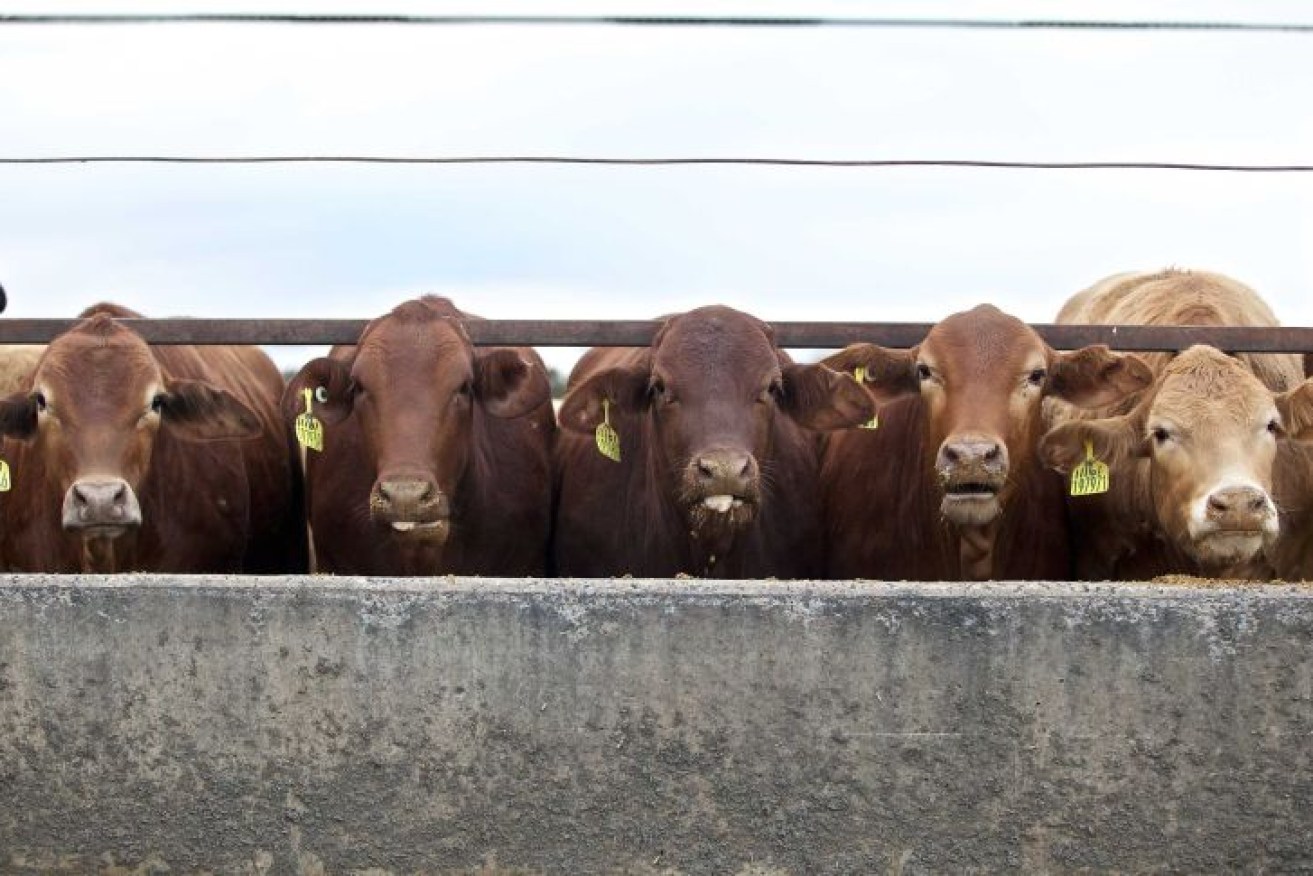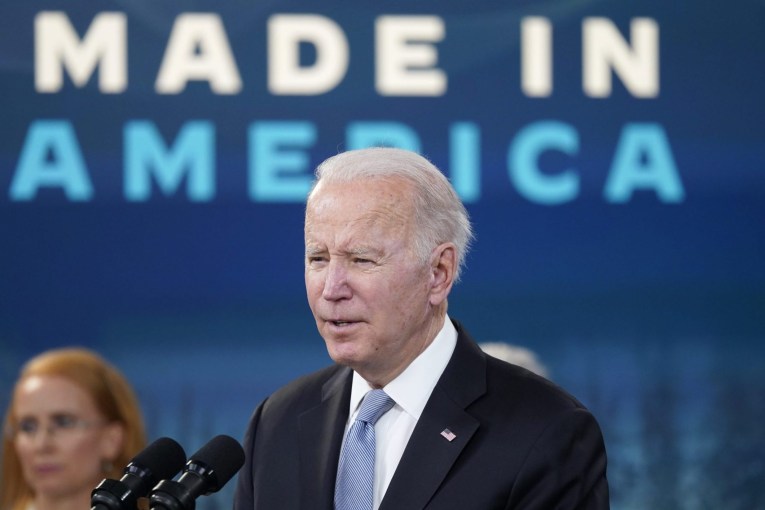Meaty market: More Queensland beef for China plates post Covid
China’s post Covid reopening holds the promise of more beef exports, with Queensland expected to play a crucial role in the trade’s resurgence.


The push is on to get more beef back into China. (Photo: Australian Lot Feeders' Association)
A recent lift in Chinese food and beverage retail sales and a decision by the country’s rulers to abandon its ‘zero Covid’ outlook will increase exports to what was once Australian beef’s biggest customer before diplomatic tensions disrupted the trade.
But a Rabobank report cautions the revival will be slow and accompanied by volatility in the global market.
Senior animal protein analyst Angus Gidley-Baird said China’s younger generations, middle-to-high-income families and health-conscious people would be the demographic driving demand for Australian beef.
He said beef consumption in China would continue to rise, and the beef market size would steadily expand in the coming years despite the headwinds in the overall economy.
The news is not as positive for the US, one of Australia’s main beef export competitors. China became a top three beef export destination for the US in 2022, the report said, but growth in export volumes slowed during the year.
“The decline in US volumes should support increased trade from Australia as its volumes lift and prices ease, further supported by the potential increase in demand for chilled product with the growth in China’s retail sales of beef,” the report said.
Conditions in Australia are also blowing favourably, with cattle prices at a more sustainable level and consistent La Nina generated rain providing pasture coverage and water for producers to maintain larger herds and control costs.
Gidley-Baird said good rainfall through Queensland in January and February will help support producer restocking activity in Australia’s largest cattle-producing state and should provide support for younger cattle prices.
Production volumes are starting to show promising signs of recovery, he said, as slaughter volumes increased in late November and through early December to reach the highest levels in 2022.
“Slaughter numbers returned to these levels in early February after the Christmas break, suggesting that increased volumes are starting to become available,” he said.
“At these higher rates – and with the potential of more cattle coming online – processing capacity could be tested. Limitations with labour availability continue to impact the processing sector and resolving these problems is not a short term matter.”
Gidley-Baird said the increased production would lead to a rise in export volumes, “even though word on the street suggests that supply chains are already quite saturated with product”.
“The indications that US production and exports are starting to decline will be welcome news but there remain a few months when congested supply chains may cause softness in prices or build up of stocks,” he said.
“Encouraging signs of a recovery in China are positive, but we will just have to wait to see how much additional volume China takes.”









